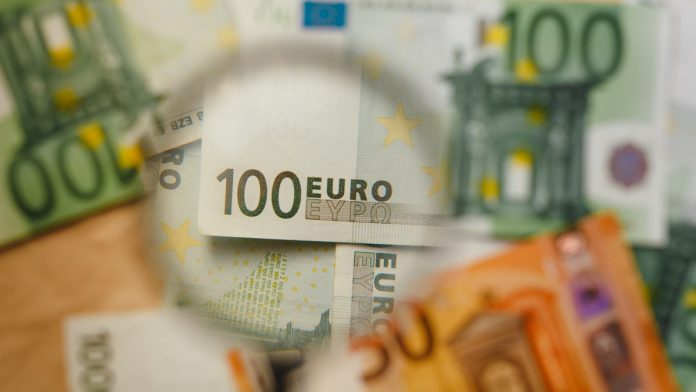- Pound (GBP) falls after jobs report
- UK unemployment rose to 3.8%
- Euro (EUR) rose after German ZEW economic sentiment improved
- Eurozone industrial production due
The Pound Euro (GBP/EUR) exchange rate is edging higher after steep losses in the previous session. The pair fell -1.1% lower yesterday, settling on Tuesday at €1.1514, after trading in a range between €1.1472 – €1.1696. At 05:45 UTC, GBP/EUR trades +0.06% at €1.1683.
The pound fell sharply yesterday after disappointing UK jobs data. Figures released by the Office of National Statistics revealed that the unemployment rate in the UK unexpectedly increased in the three months to April to 3.8%, up from 3.7%. Analysts had expected unemployment to tick lower in 3.6%. In addition, the number of people claiming unemployment benefits fell by less than expected, by -19,500.
Wages were also under the spotlight and real wages, adjusted for inflation fell by the largest amount since records began at -4.5%. This comes as inflation surges and highlights the cost-of-living crisis that the country is facing.
The data comes after GDP data earlier in the week showed that the UK economy unexpectedly contracted in April for a second straight month
Attention will now turn to the Bank of England interest rate announcement which is due on Thursday. The UK central bank is widely expected to hike interest rate by 25 basis points, in the fourth straight meeting of hikes.
The euro pushed higher versus the pound in the previous session boosted by stronger than expected German inflation and by an improvement in German economic confidence.
The closely watched ZEW economic sentiment survey rose to -28, up from -34.2, marking the fourth straight month of improving morale. However, the index remained negative acknowledging the numerous risks which remain.
Looking ahead, eurozone industrial production data will be in focus. Analysts are expecting industrial production to slow further in May to -1.1%year on year, down from -0.8% annually. On a monthly basis, industrial output is expected to improve to 0.5%, up from -1.8%.





